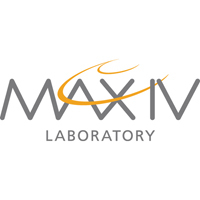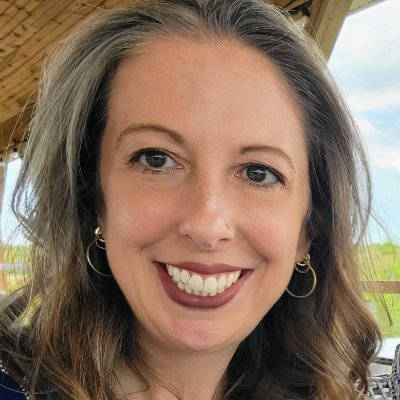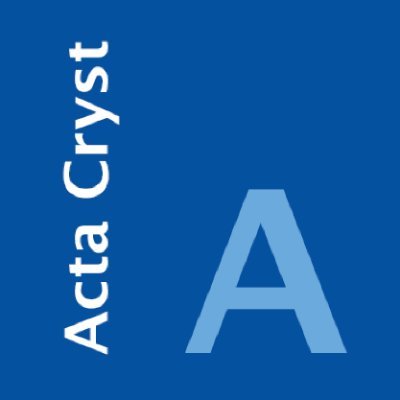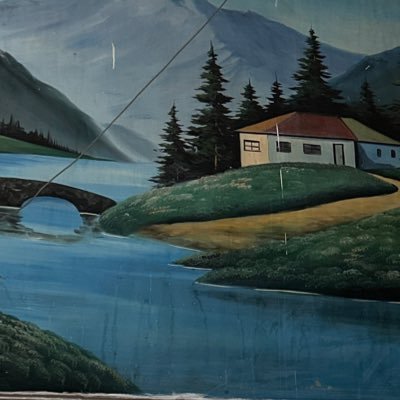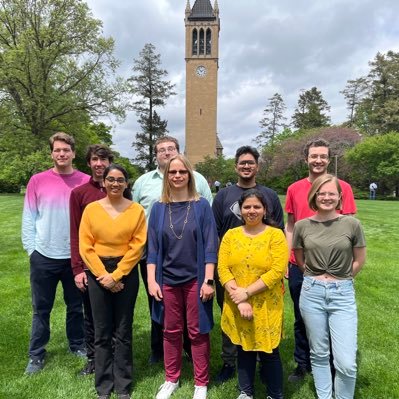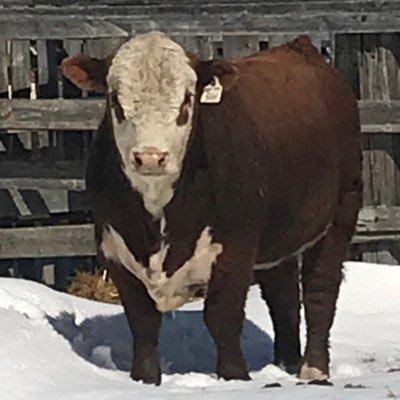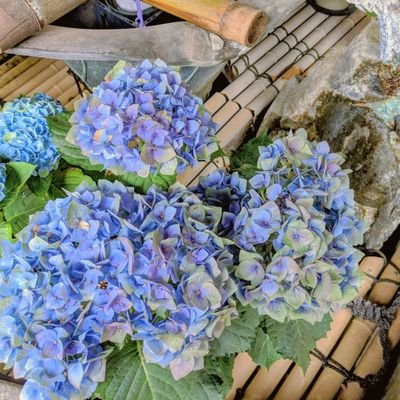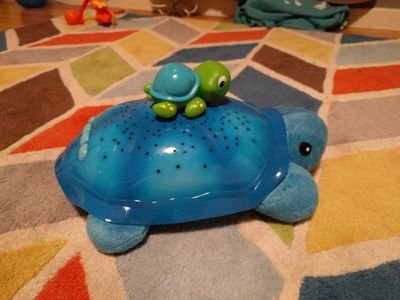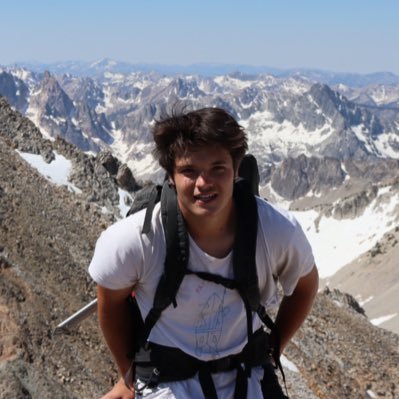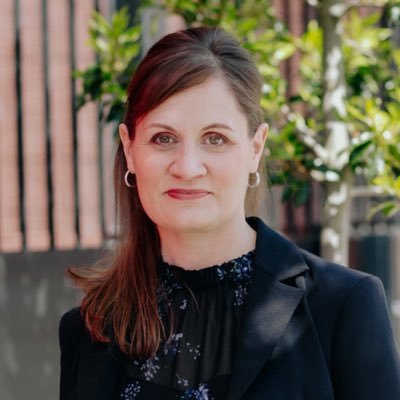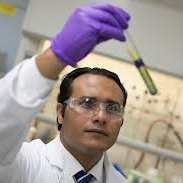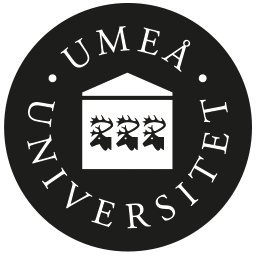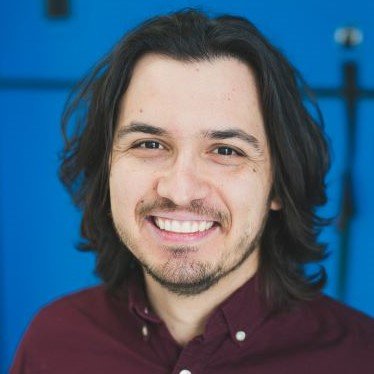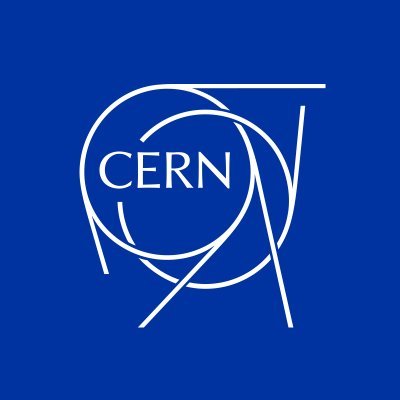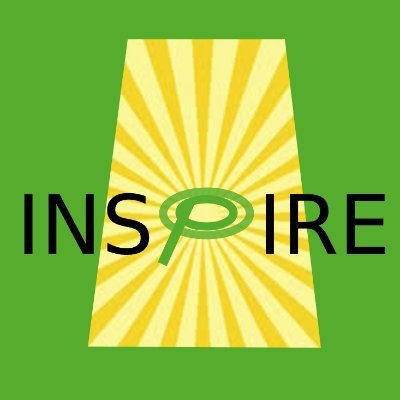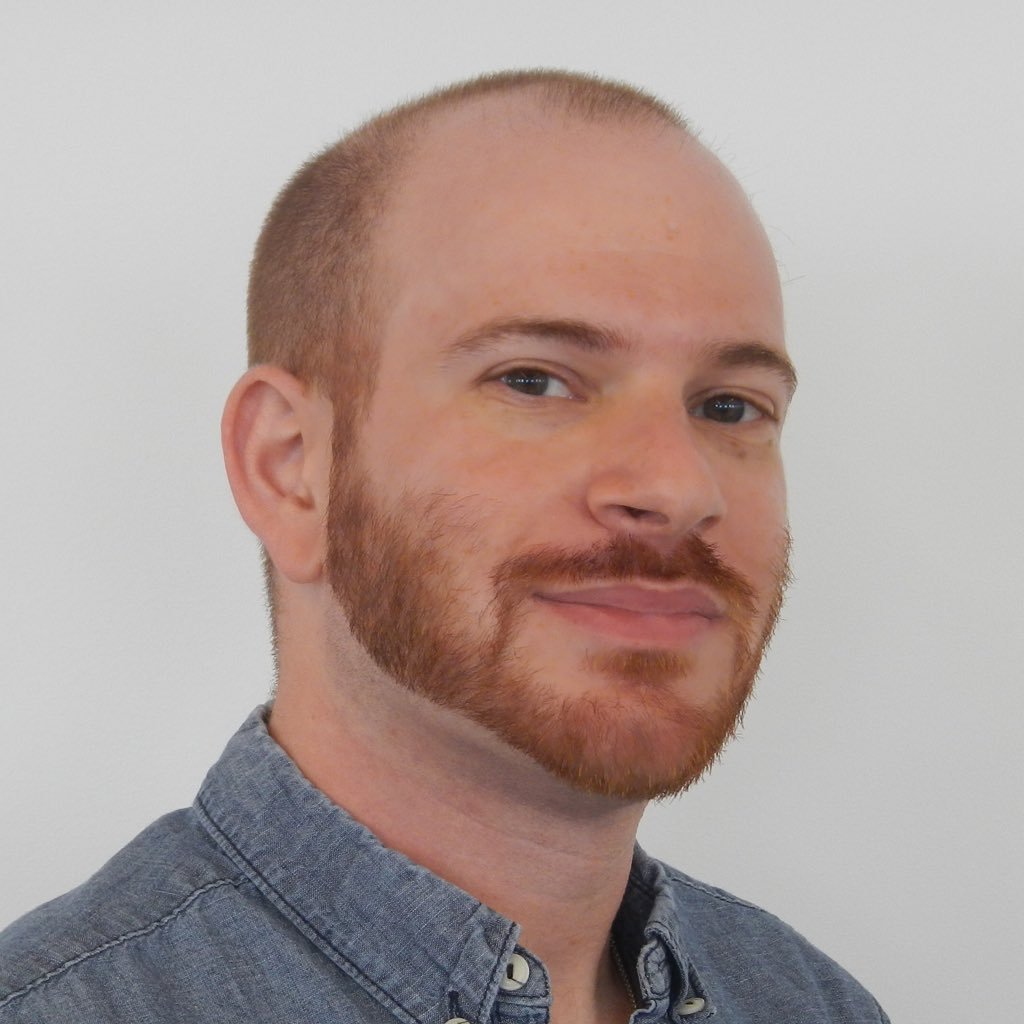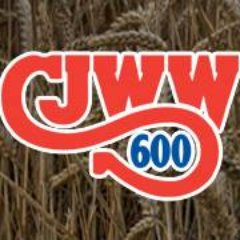
CanadianLightSource
@CanLightSource
Scientists from around the world use our synchrotron for ground-breaking research in health, agriculture, environment, and advanced materials.
You might like
We are pleased to announce that our accelerator team has successfully reconfigured our booster ring to accept beam using modified settings, and we are now able to operate, delivering 220mA top-up beam!

.@mcgillu researchers have "cracked the code" on how molecular machinery inside microbes builds antibiotics. The discovery paves the way for new drugs whose effectiveness can endure in the face of growing antibiotic resistance @McGillSBMS @McGillMed @SchmeingLab
New #paper uses #fava bean #starch to create #aerogel. Read "Expanding the Application of High-amylose Fava Bean Starch: Optimization Strategies for Sustainable Valorization Into Aerogel" by @usask_engr using our Brockhouse and BMIT beamlines. bit.ly/4991O4b 👈
#OnTheBeamlines: Researchers @usask @usaskArtSci @USaskChem are using our Mid-IR beamline in their research on #microfluidics, which involves manipulating small amounts of fluids using ultra-narrow channels on the surface of a chip. Learn more: bit.ly/4lUpeNC


Scientists used the CLS to look inside seeds from watermelon, canola, pea, and wheat. Using our synchrotron light, they were able to visualize and explore the internal anatomy and chemistry of their samples. More: bit.ly/4oIRuUK @NRC_CNRC @agbiousask @AAFC_Canada @usask
New #paper about turning #arsenic #toxic waste into #nanoparticles used in #electronics. Read "Commodifying a carcinogen: Critical raw materials from arsenic-laden groundwater" by Geological Survey of Denmark and Greenland using our Brockhouse beamline. bit.ly/4oFGvLW👈
#OnTheBeamlines: A @VIDOInterVac research team used our BXDS-WLE beamline to study lipid nanoparticles for inhalable vaccines. This method could be more efficient for protecting against the flu or COVID-19. More: bit.ly/4p5rOlv @CIHR_IRSC @_SHRF_ @INSPIRE_SyncSci

🪲 Two beetles, each less than a millimeter long, were found in a 15-million-year-old piece of amber by @royalsaskmuseum palaeontologists. Using X-ray micro-CT scans at the CLS, they captured 360° views of the beetles. Learn more: facebook.com/share/v/178aJM…

Canada’s #oilsands are an important source of energy and economic activity. Researchers from @UAlberta @UAlberta_Eng are using the CLS to find more efficient, environmentally friendly ways to process the #bitumen that's extracted there. bit.ly/46EnylB
Researchers from @uofg @FoodScienceDept used the CLS to develop two sustainable, low-cost ways to produce #PlantBasedMeatAlternatives that don't dry out when cooked and mimic the mouthfeel of regular ground beef. bit.ly/3FlgkbU
"About three per cent of Canadians live with scoliosis, but with the help of the Canadian Light Source at the U of S new research is offering hope for better treatment and possible prevention" | Listen to the CBC radio clip: bit.ly/4qdzQtM
Curious what's behind one of Canada's largest science projects? Join a tour of the Canadian Light Source in Saskatoon, where scientists from across Canada and the world use intensely bright light to study materials at a molecular level! Free tickets: bit.ly/3Y7pjU3

The #fossil of a tiny fish found in southwestern AB provides new insight into the origin and evolution of the supergroup of fish that includes catfish, carp and tetras. @RoyalTyrrell @westernuScience @WesternU @advancedphoton bit.ly/4pMaR0N

New #paper describing a new #dehulling method for #canola. Read "From microstructure to macroseparation: Synchrotron X-ray microtomography analysis to guide efficient canola dehulling" by @usask_engr @agbiousask that used our BMIT beamline. sciencedirect.com/science/articl… 👈
Researchers from @usask researchers have developed a 3D-printed model of a human #lung that could lead to improved prevention and treatment of diseases such as #tuberculosis and #CysticFibrosis. @VIDOInterVac @usask_engr bit.ly/3KCSnQ8
Researchers from @umanitoba @UM_agfoodsci used the CLS to determine how best to process chickpeas, lentils, beans, and peas to get top-quality flours for consumers to use in their kitchen. @pulsecanada bit.ly/3YLdN10 #agriculture #pulses
Be part of "Discovery at the Speed of Light!" Apply for our open positions: bit.ly/3twVf9a - Software Developer Lead - Systems Technology (ST) Infrastructure Lead - Machine Director #jobalert #careers #hiring
#OnTheBeamlines: @usask @usaskArtSci Master’s student Melissa Houseman used the CLS to study the molecular reactions that occur at electrode surfaces during #electrocatalysis. Her work could help inform finding cleaner, cheaper ways to generate energy: bit.ly/43oKaqb 👈

Featured #paper on using #boron for #clubroot in #brassica #crops. Read "Synchrotron assessment of boron sensitivity and storage in Brassica napus and B. rapa" by @AAC_Canada, which used our VLS-PGM beamline. tandfonline.com/doi/full/10.10… 👈
Toby Bond, CLS Senior Scientist, will be at the @NASA Aerospace Battery Workshop. Don't miss his participation in the session on "Electrolyte Motion in Cylindrical Cells: The Effects of Gravity, Material Selection, and Cell Geometry." Learn more: go.nasa.gov/3LmM0AG

United States Trends
- 1. Veterans Day 223K posts
- 2. Veterans 359K posts
- 3. Luka 72.1K posts
- 4. Nico 117K posts
- 5. Mavs 26.4K posts
- 6. Gambit 22K posts
- 7. Kyrie 6,269 posts
- 8. #csm220 4,239 posts
- 9. Dumont 21.2K posts
- 10. Wike 52.3K posts
- 11. Mantis 3,405 posts
- 12. #MFFL 2,097 posts
- 13. Arlington National Cemetery 9,745 posts
- 14. Vets 20.5K posts
- 15. Venom 17.3K posts
- 16. Mavericks 30.5K posts
- 17. Anthony Davis 5,605 posts
- 18. Wanda 21.8K posts
- 19. United States Armed Forces 1,501 posts
- 20. Made in China 4,870 posts
You might like
-
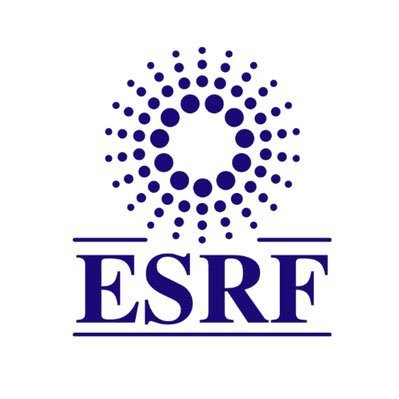 European Synchrotron
European Synchrotron
@esrfsynchrotron -
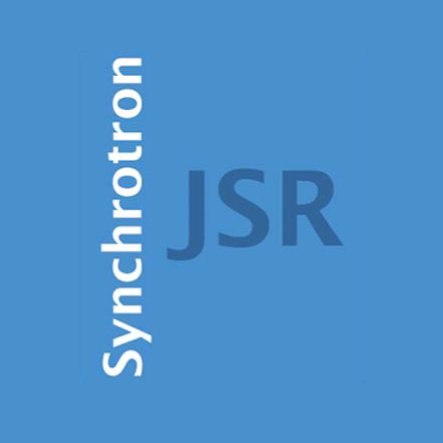 J Synchrotron Rad
J Synchrotron Rad
@JSynchrotronRad -
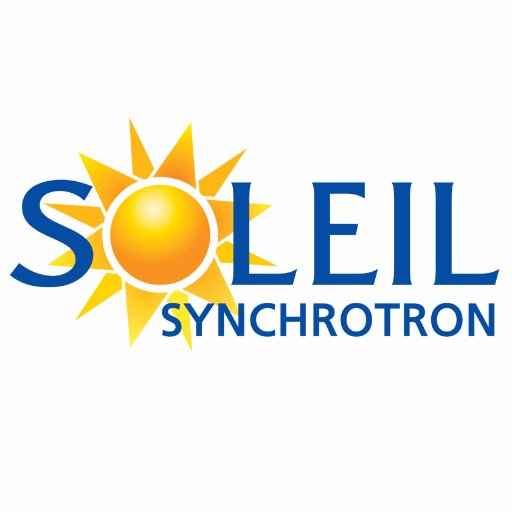 Synchrotron SOLEIL
Synchrotron SOLEIL
@synchroSOLEIL -
 Synchrotron SESAME
Synchrotron SESAME
@SESAME_Jordan -
 Diamond MX Beamlines
Diamond MX Beamlines
@Diamond_MX -
 SLAC National Accelerator Laboratory
SLAC National Accelerator Laboratory
@SLAClab -
 Elettra Sincrotrone Trieste
Elettra Sincrotrone Trieste
@elettrasincro -
 Rigaku
Rigaku
@rigaku -
 African Synchrotron
African Synchrotron
@AfSynchrotron -
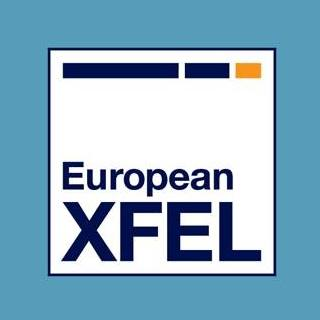 European XFEL
European XFEL
@EuropeanXFEL -
 Cornell High Energy Synchrotron Source
Cornell High Energy Synchrotron Source
@CHESS_user
Something went wrong.
Something went wrong.
























